Totenkopf: Nazi Germany’s ‘death head’
Though favored by the Waffen and Allgemeine SS during WW2, the insignia has a deeper German tradition.
The Totenkopf (death’s head) was one of the most readily recognized symbols of the Nazi Schutzstaffel (SS), Adolf Hitler’s elite black guard and ideal Teutonic knighthood, along with other select Germanic political and armed forces of the Third Reich period. The distinctive insignia were worn as cap or collar devices on many unique paramilitary and military uniforms. But despite the strong association with Hitler’s State, death’s head insignia were in use many years prior to the Nazi Party coming into being.
One of the first recorded accounts of the skull and cross bones in German military history was in the early half of the 17th century during the Thirty Years War when Bavarian troopers, known as the “Invincibles” wore black uniforms with white Totenkopfs on their helmets. During the reign of Fredrick the Great in the late 18th century, a Prussian Hussar (light cavalry) regiment was formed that wore similarly imposing black uniforms with Totenkopfs affixed to the front of their high caps. These insignias were meant to strike fear into their opponents, by demonstrating that the wearer’s duty outweighed his regard for personal safety (an affront to death), while at the same time signifying his loyalty to the monarchy at all costs “unto death.”
When, Friedrich Wilhelm, the Duke of Brunswick-Wolfenbuttel, was killed in 1815 during the Napoleonic wars, his grave was guarded for many years afterward by members of his Brunswick Cavalry Regiment who wore the death’s head as a sign of mourning for the fallen leader. Select German cavalry units continued to wear the death’s head insignia throughout the remainder of the 19th and early 20th centuries.
During WWI, Totenkopf insignia was used by a number of German units such as the Black Hussars, Black Brunswickers, and the 21st Battalion of the Chasseurs. In addition, men of the Sturmtruppen (assault troops or “storm troopers”) units of the German army wore various Totenkopf insignia to show their voracity in battle. These elite combat forces were highly trained in infiltration and the hand-to-hand combat needed to break the long and costly stalemates that characterized trench warfare. Meanwhile, in the air above the trenches, some German aviators painted death’s head insignias on the fuselages of their aircraft,demonstrating their prowess in battle as agents of death to the enemy above and below.
Following the Great War, the German nationalist veterans’ paramilitary group, Der Stahlhelm (Steel helmet), painted Totenkopf insignia on their helmets, equipment, and vehicles. The Totenkopf could be seen when these units organized, paraded, and fought in the streets during the chaotic unrest of the Weimer government.
In the early days of the Nationalsozialistische Deutsche Arbeiterpartei (NSDAP - Nazi Party), Adolf Hitler ordered that a small group of unquestioningly loyal party members become his personal guard unit for the many rallies and gatherings at which he spoke. In 1923, this group adopted the Totenkopf on their headgear as a sign of the emblem’s past royal parentage, and to show their loyalty to the leader. Through time, the small guard eventually evolved into the SS which wore the death’s head emblems as part of both their Allgemeine (general – black) and Waffen (armed – gray-green) uniforms and headgear.
The construction of the SS death’s head transformed over time. The earliest took the form of a rounded, traditional jawless skull over short crossed bones. This was worn from 1923 until 1934. The second, a more realistic human skull complete with a jaw and short femur tips protruding from the back, as in use from 1935 to 1945.
When produced in metal for cap or collar tab usage, the first type was often constructed of zinc or other alloys, while the second type came in plated metal or polished alloys. Each had prongs soldered or crimped to the reverse for mounting, while the later models often contained manufacturer codes and “Reichszeugmeisterei” (RZM – government control agency ) markings.
In addition to the SS, certain German Army and Luftwaffe armored divisions also wore the Totenkopf emblems on their uniform collar tabs, as well as other varieties worn on caps by Brunswick units as a traditions badge.
All of these devices were dutifully worn by their bearers until the bloody hostilities of the European front came to an end. The new, free Germany eliminated the Totenkopf from is uniforms after Adolf Hitler and his brutal dictatorship were terminated by the allies.
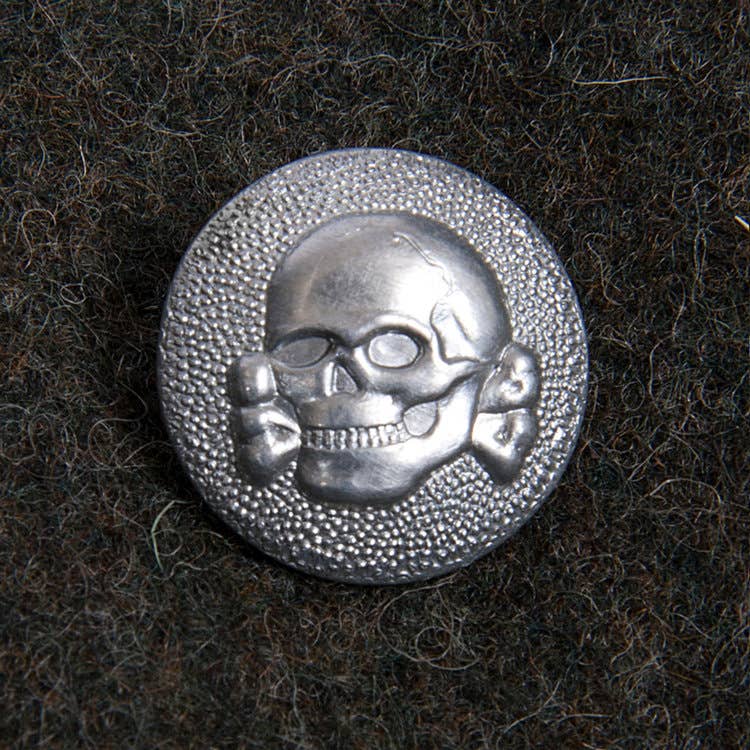
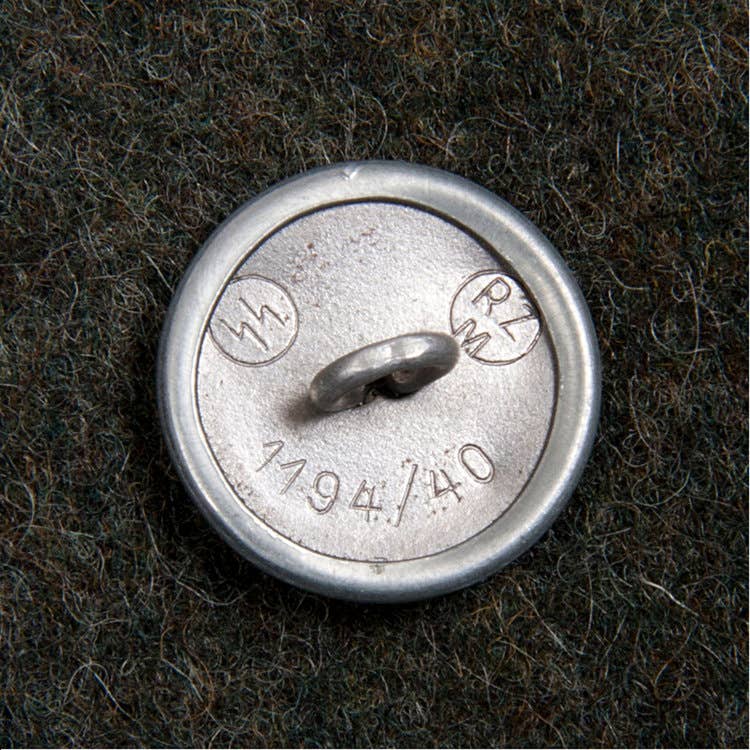
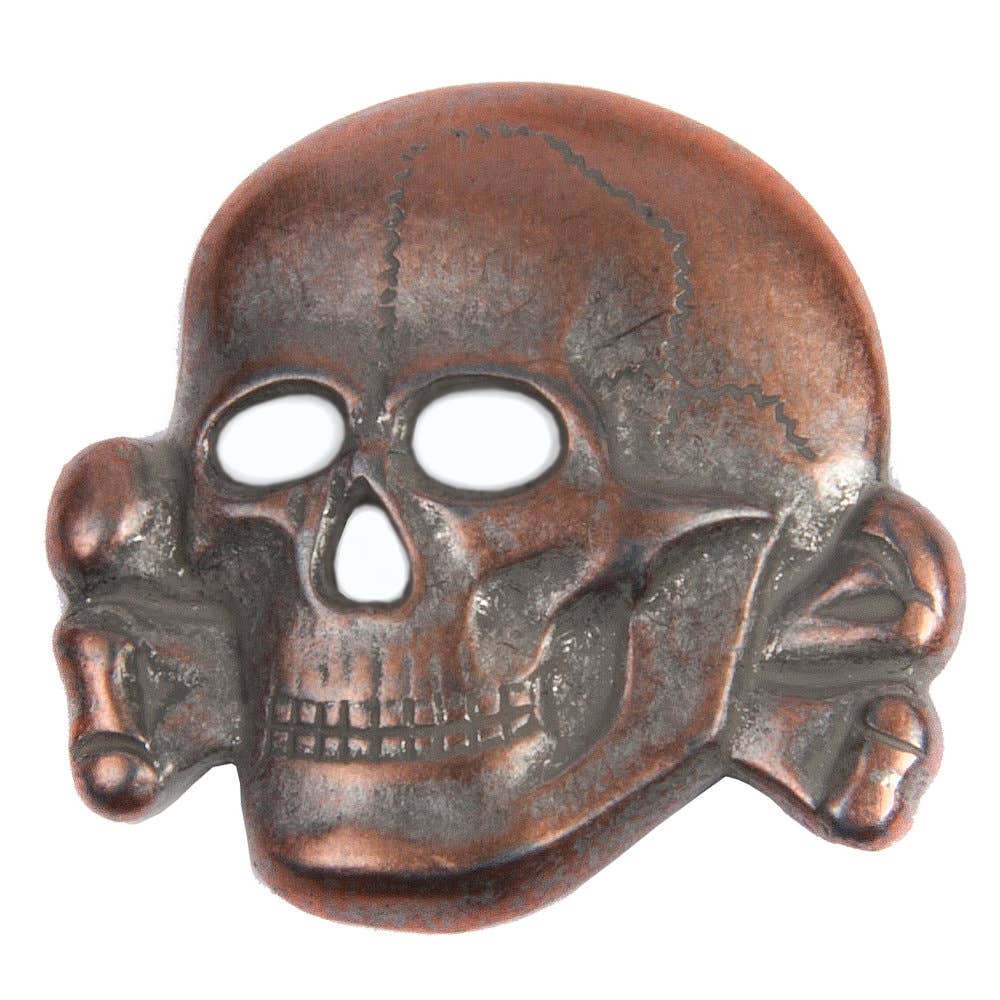
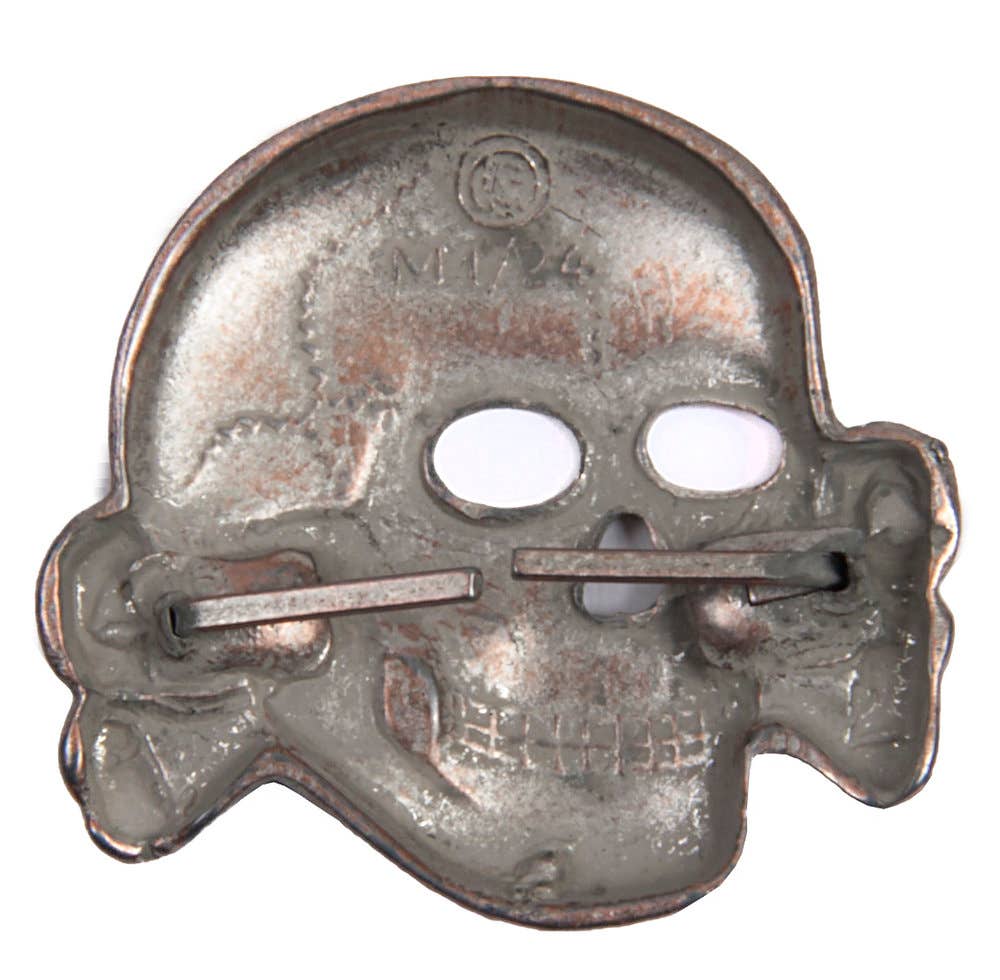
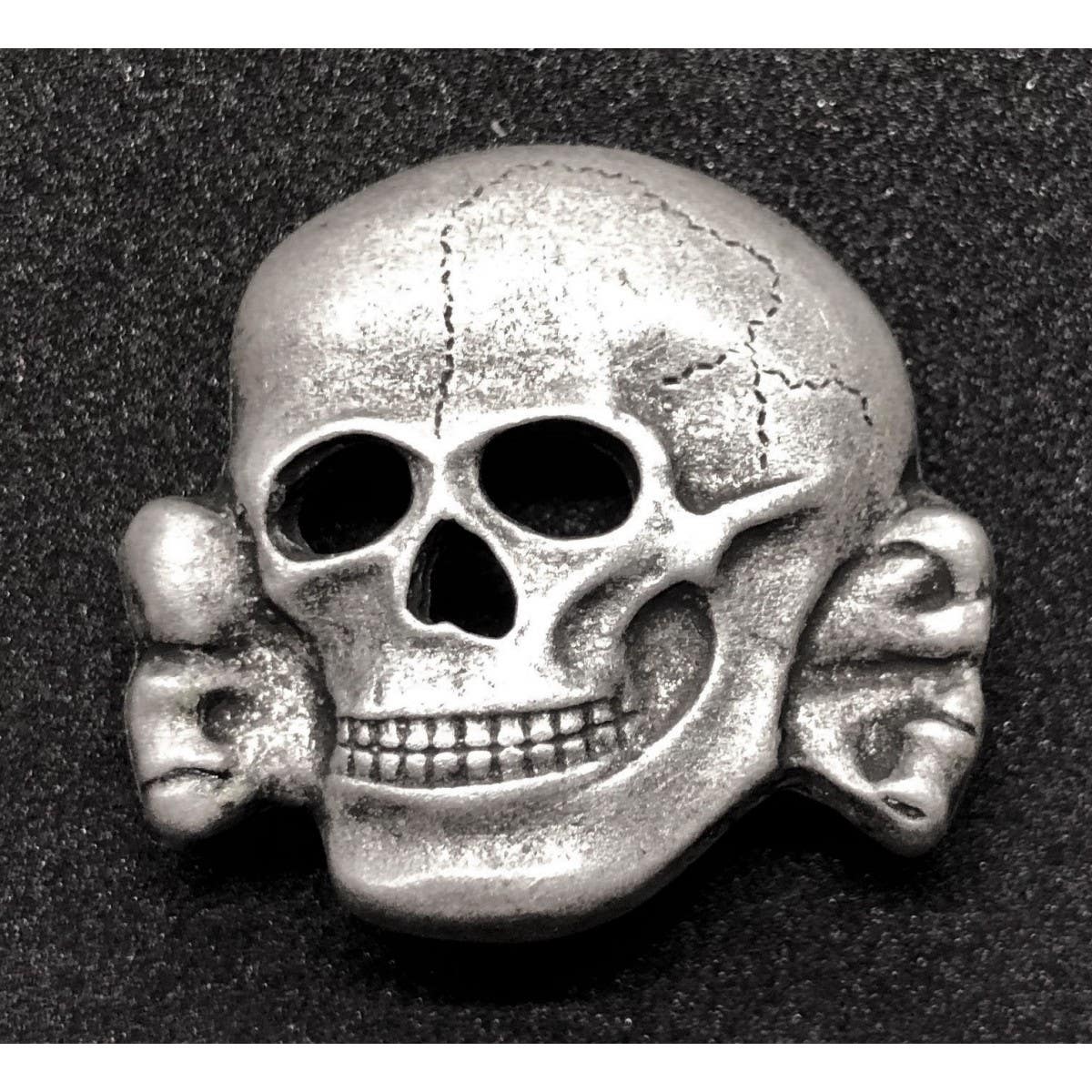
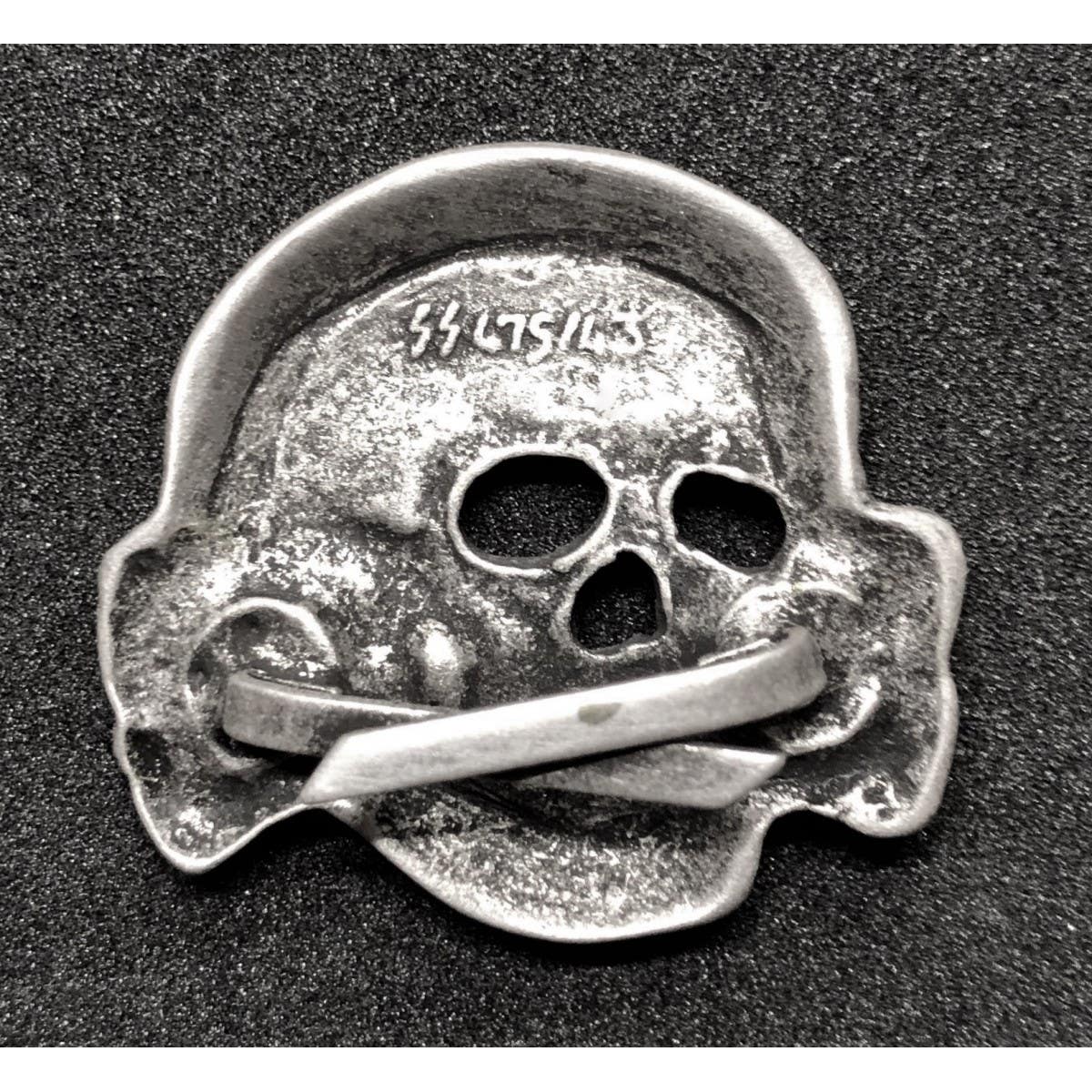
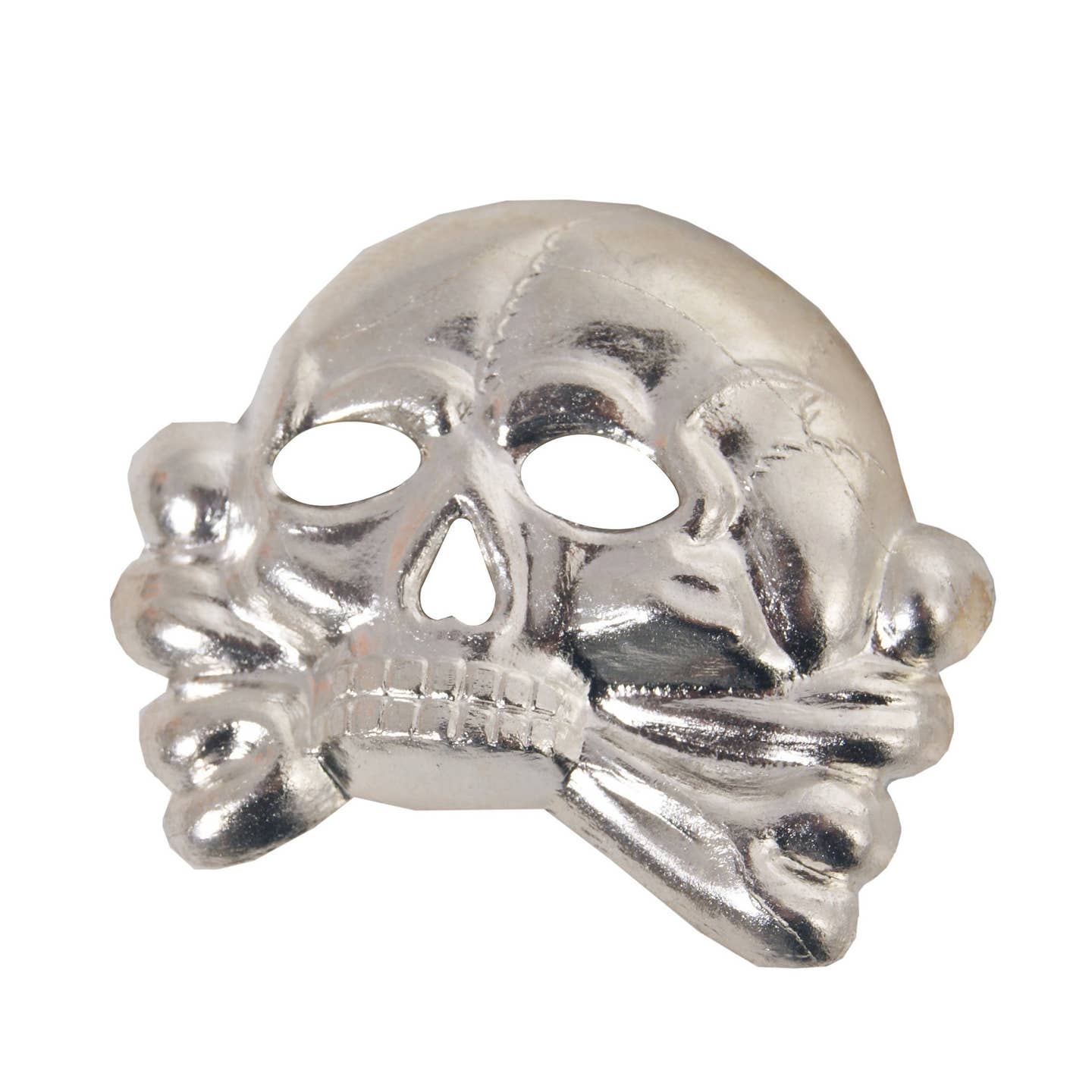
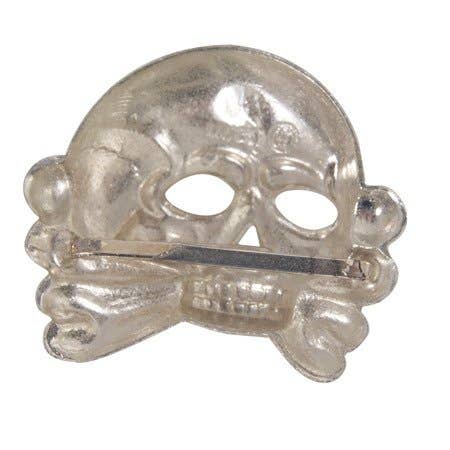
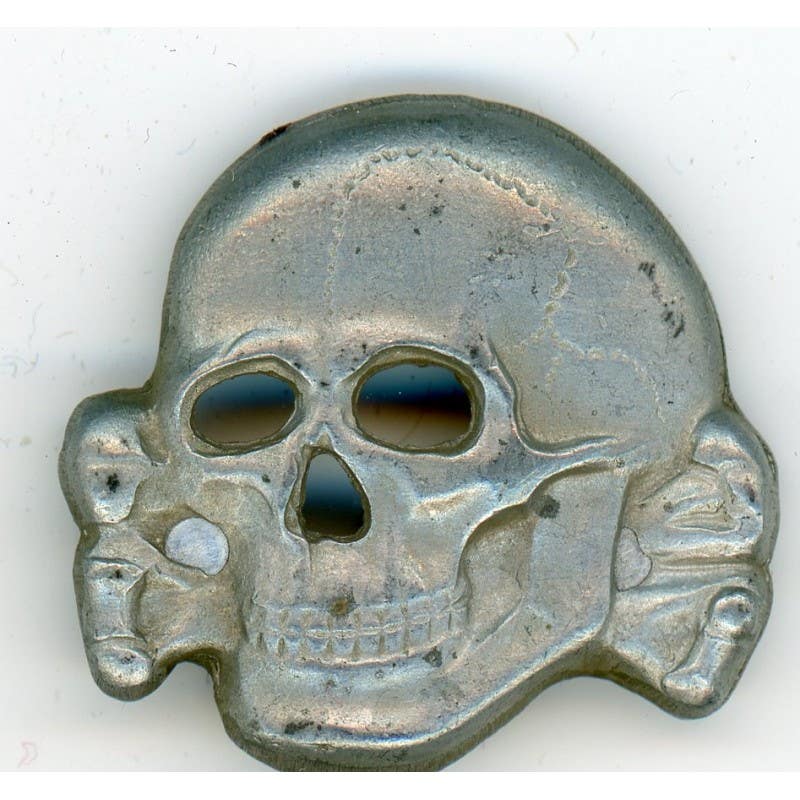
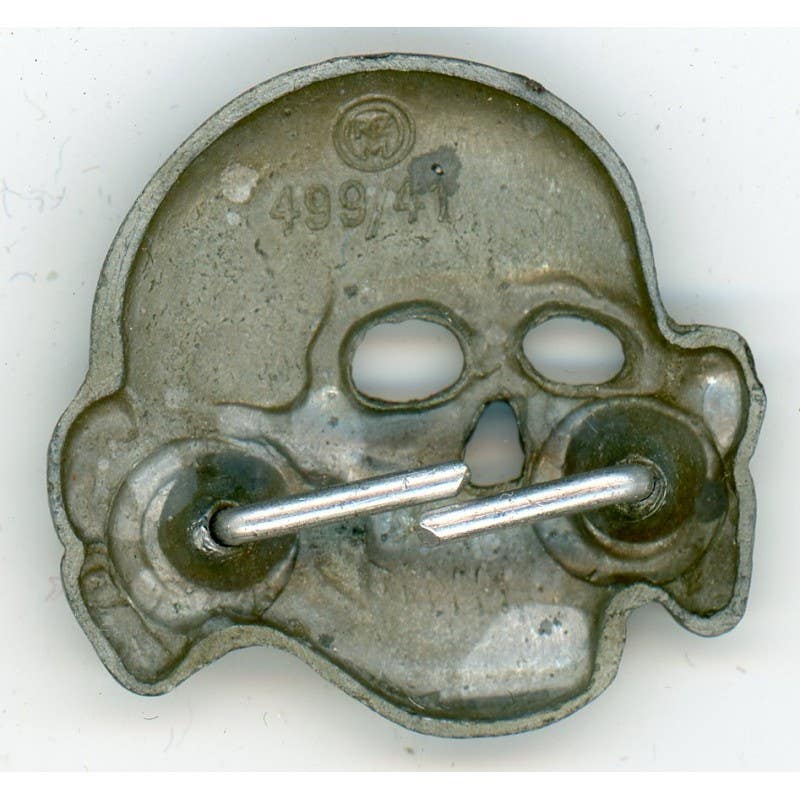
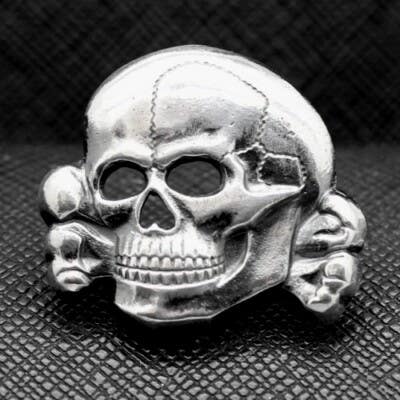
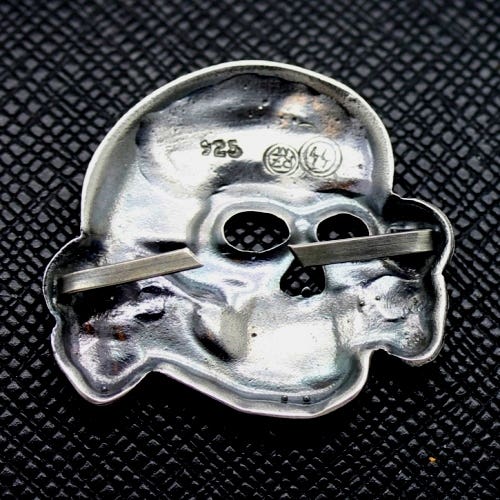
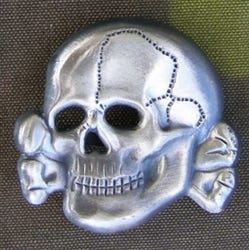
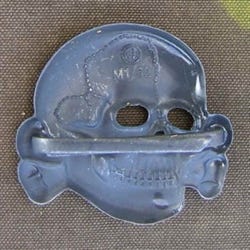
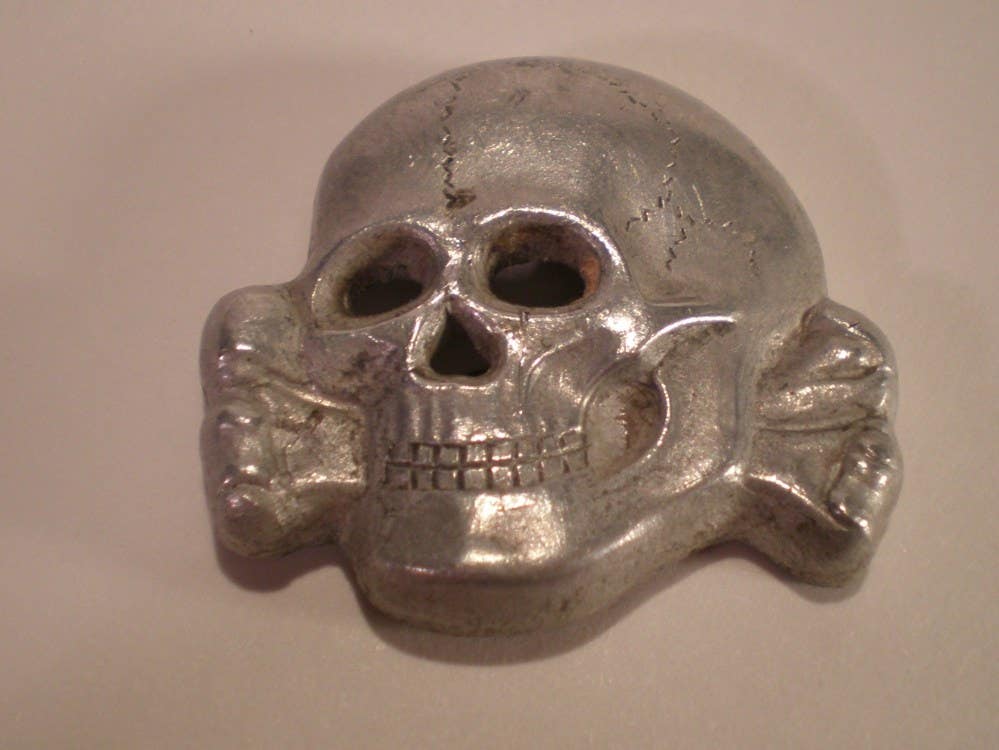
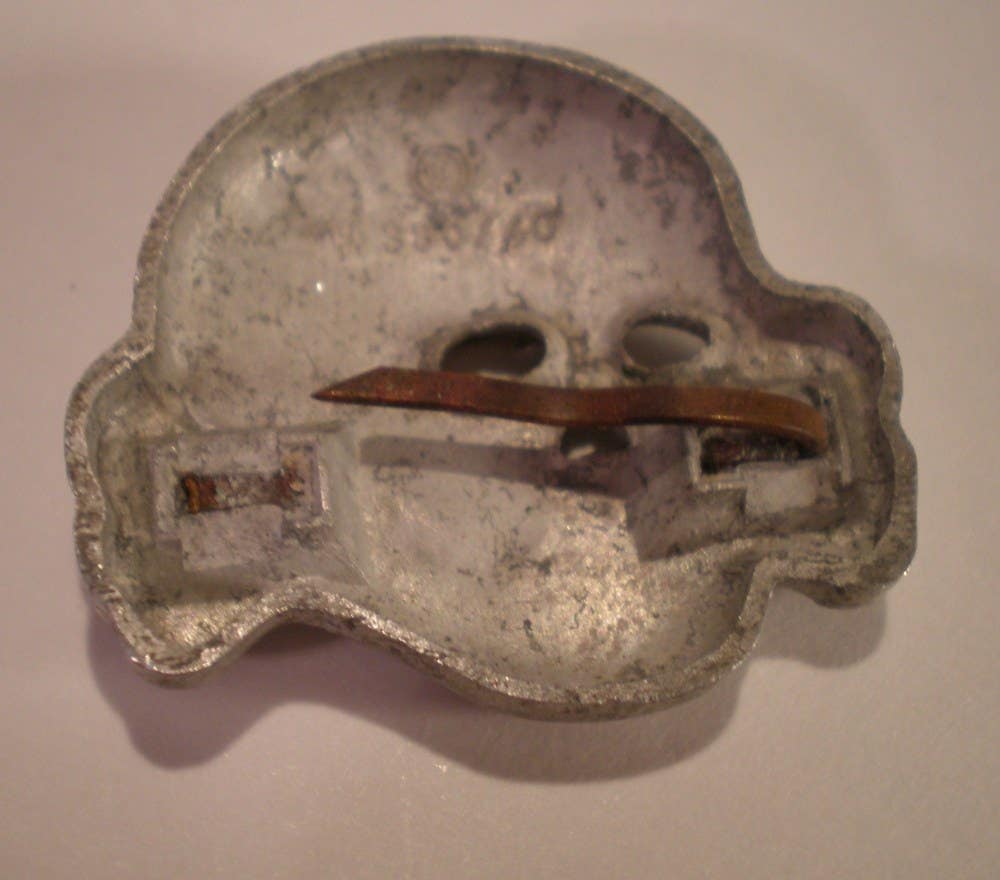
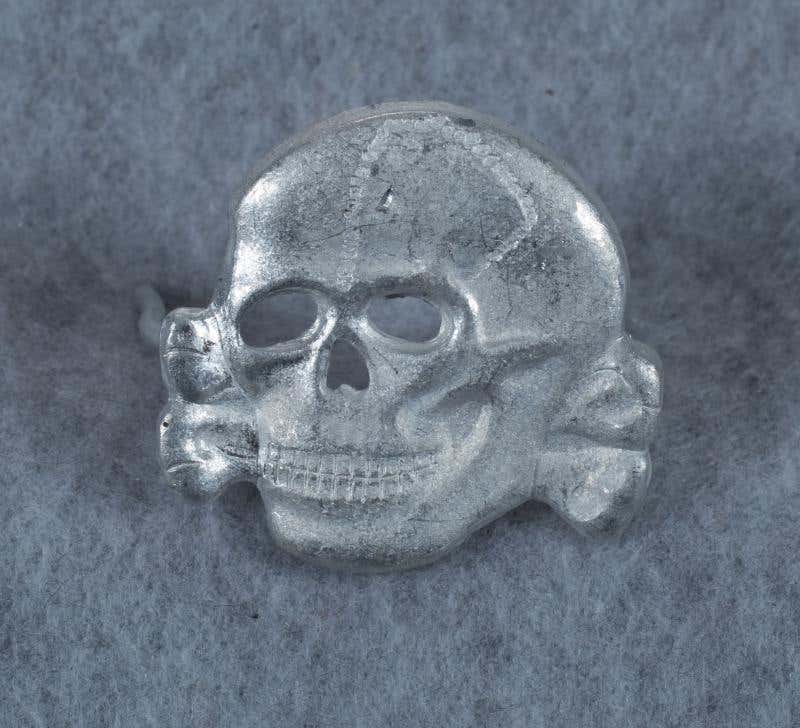
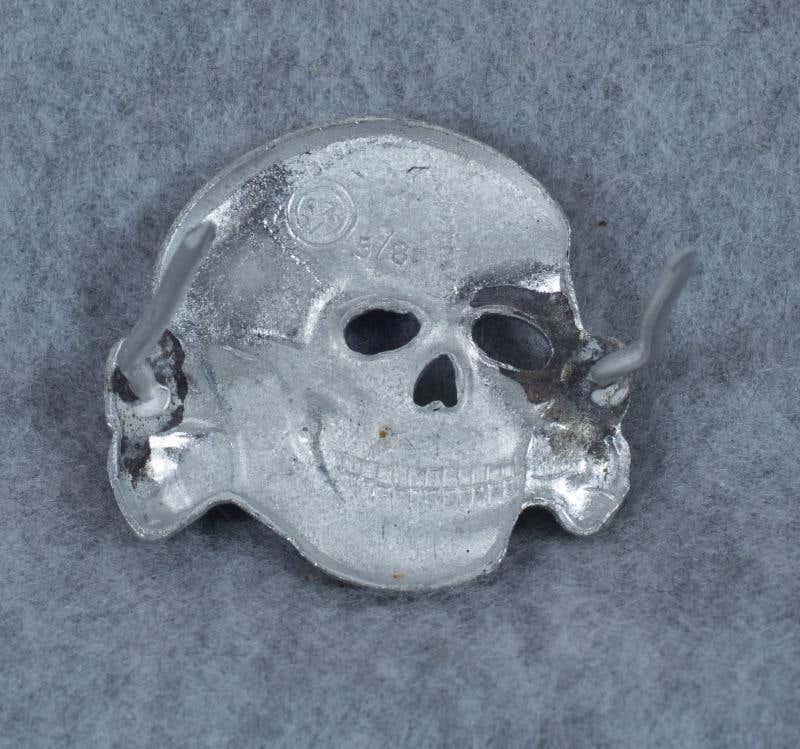
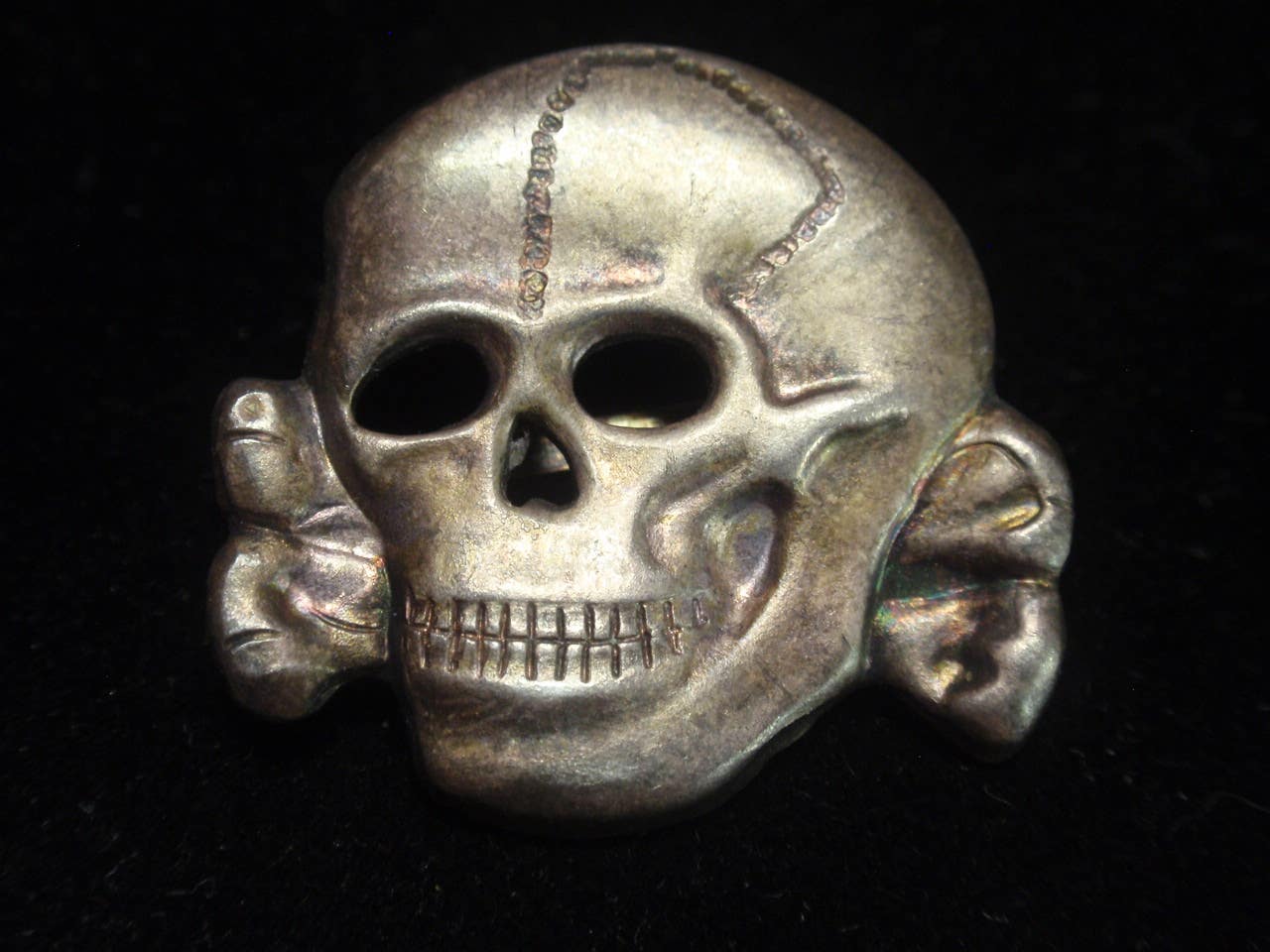
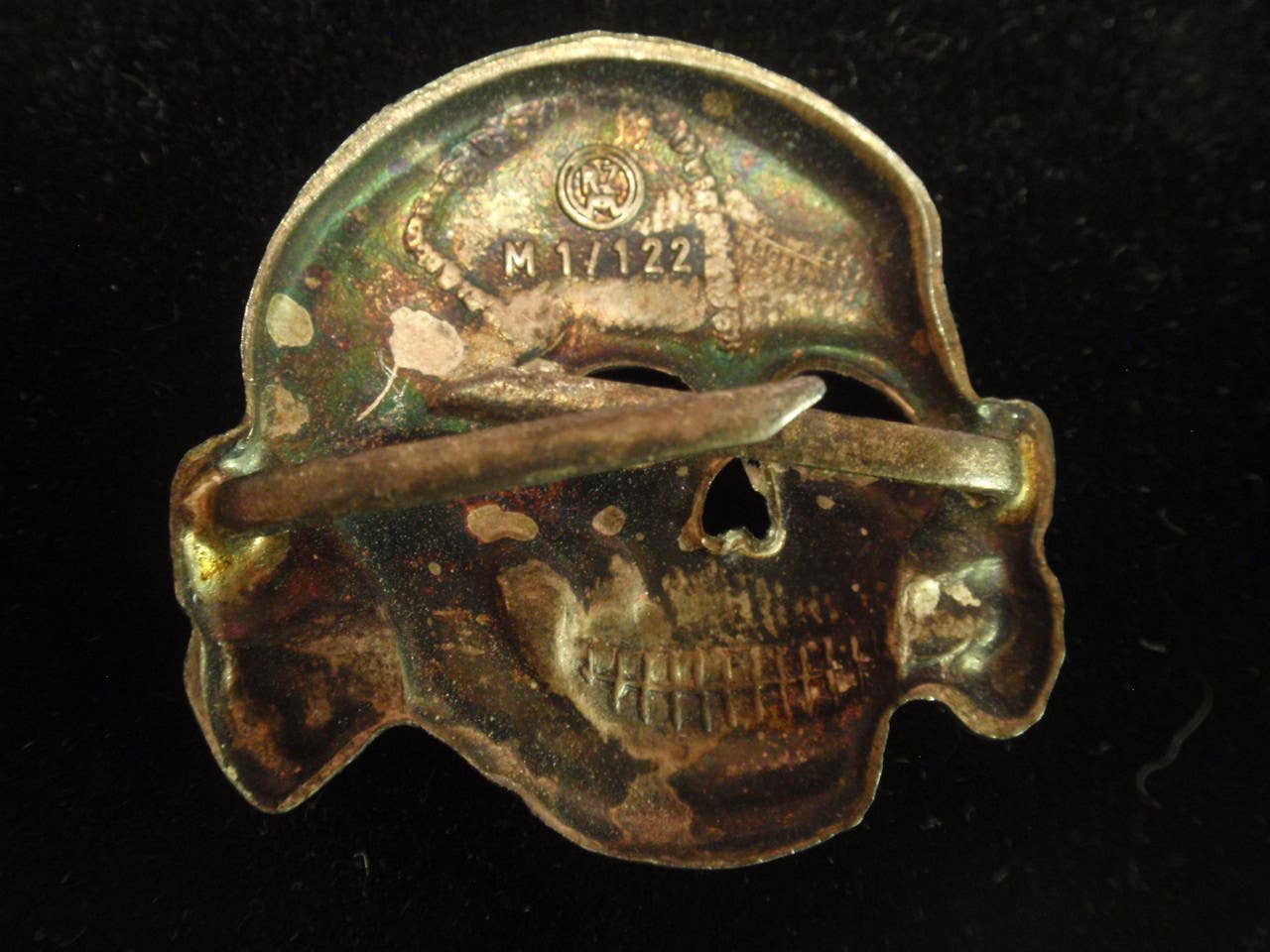
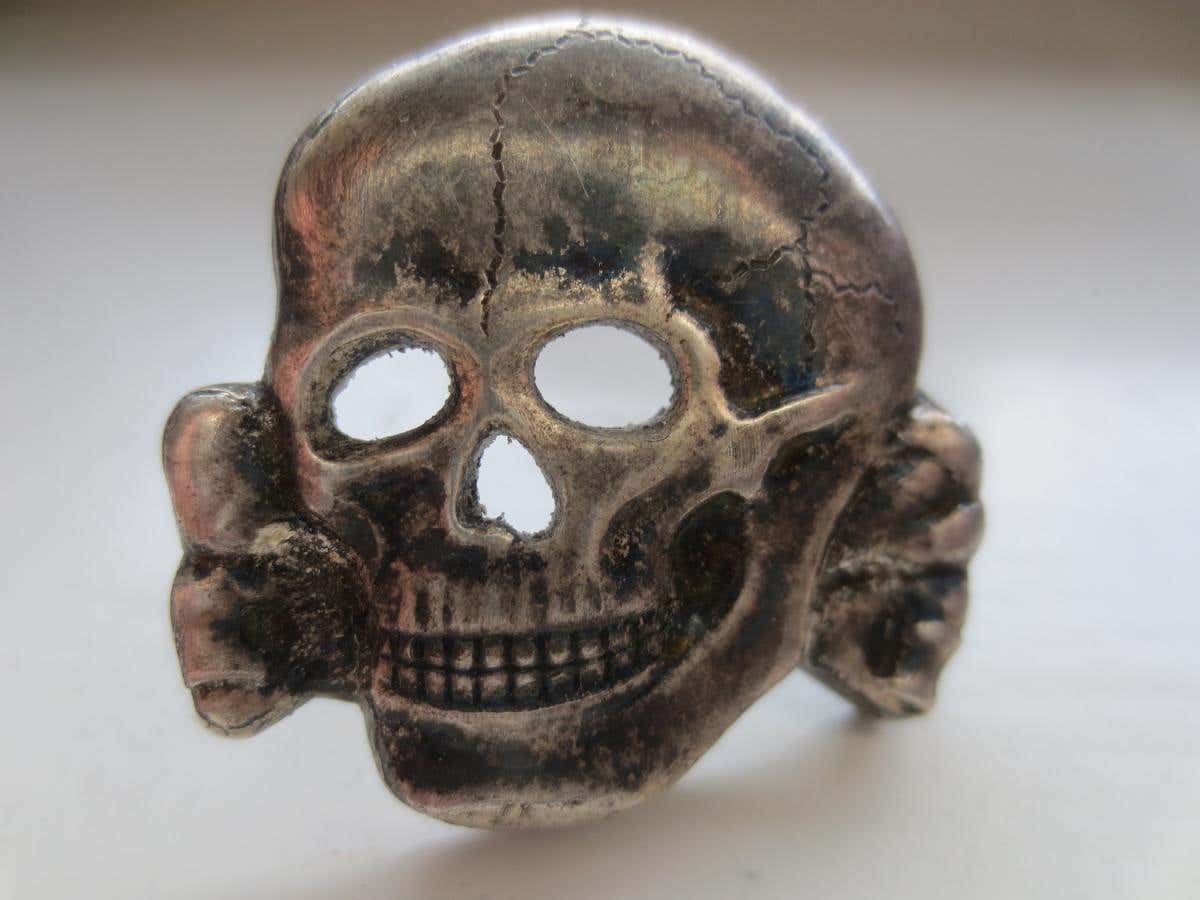
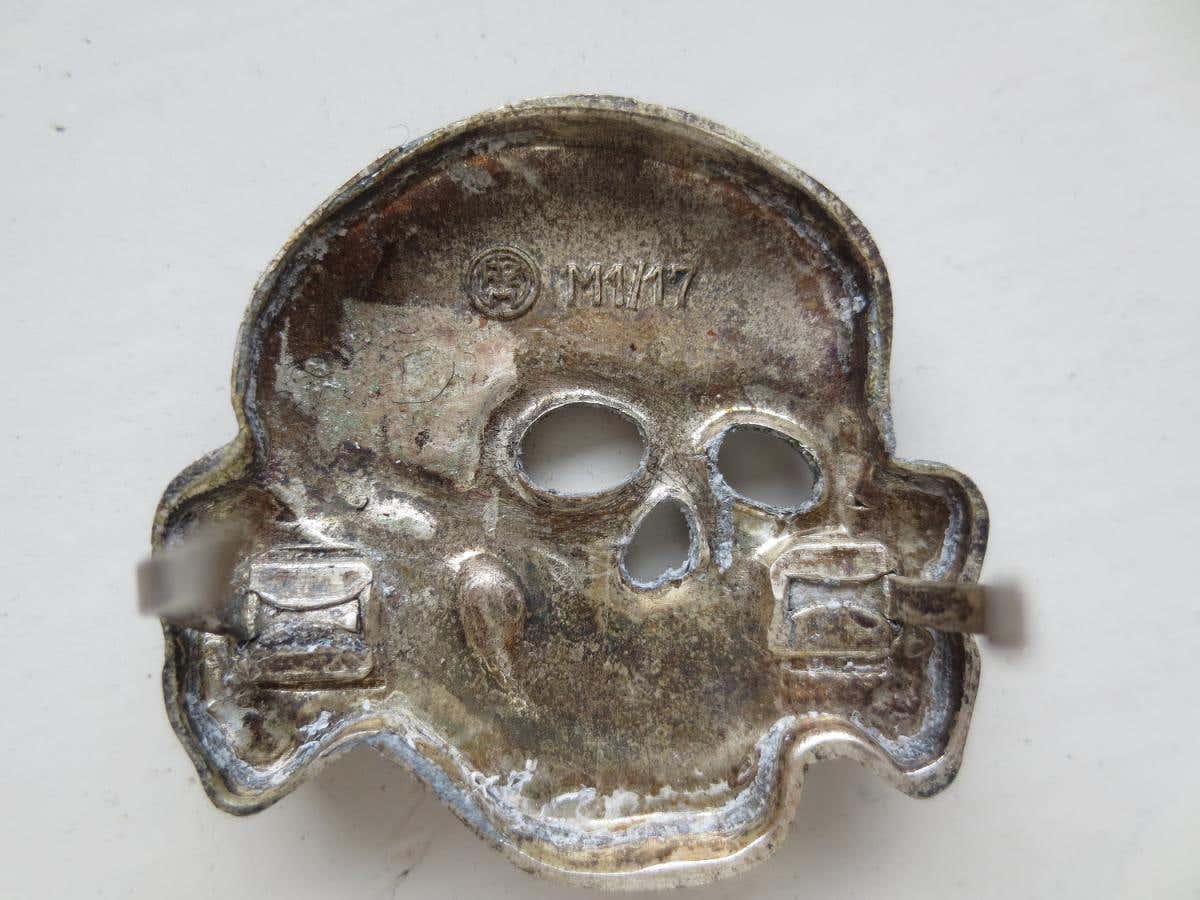
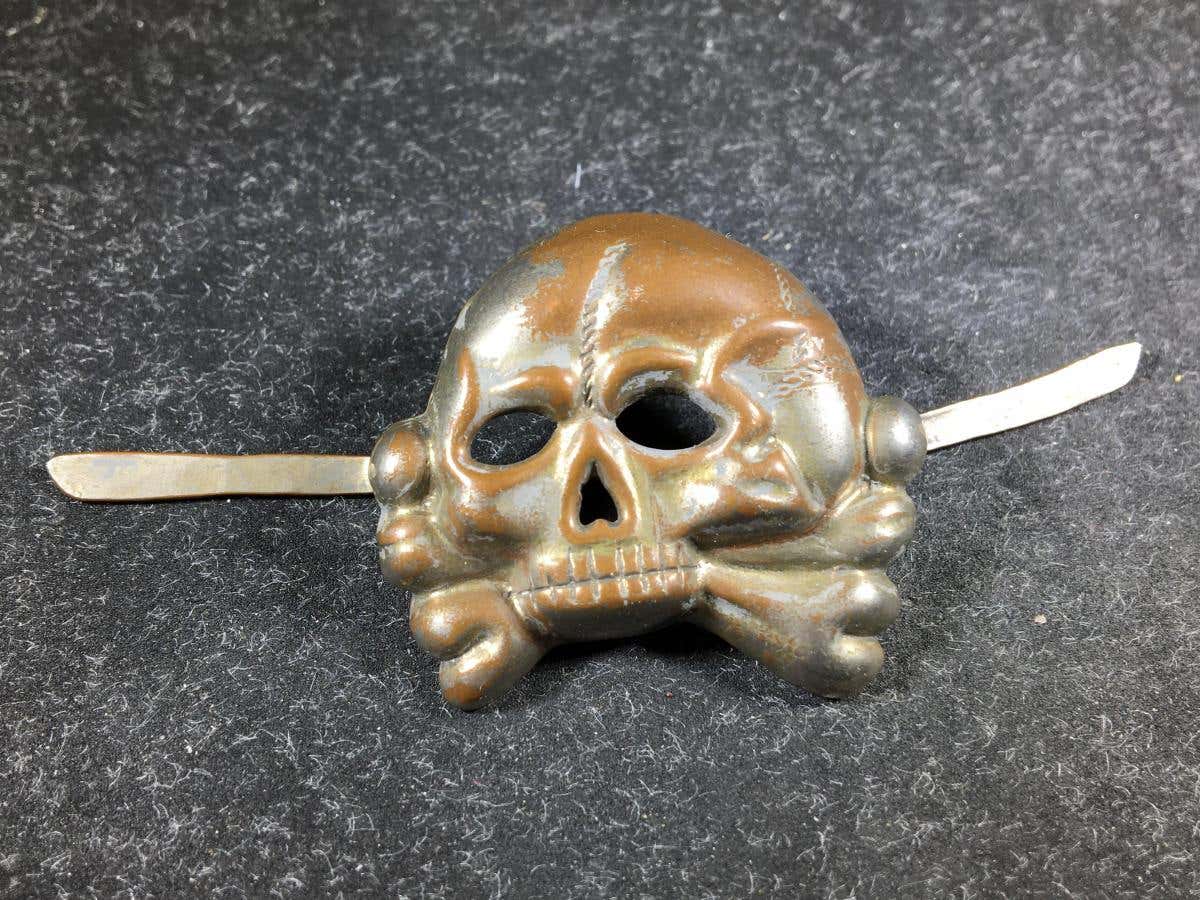
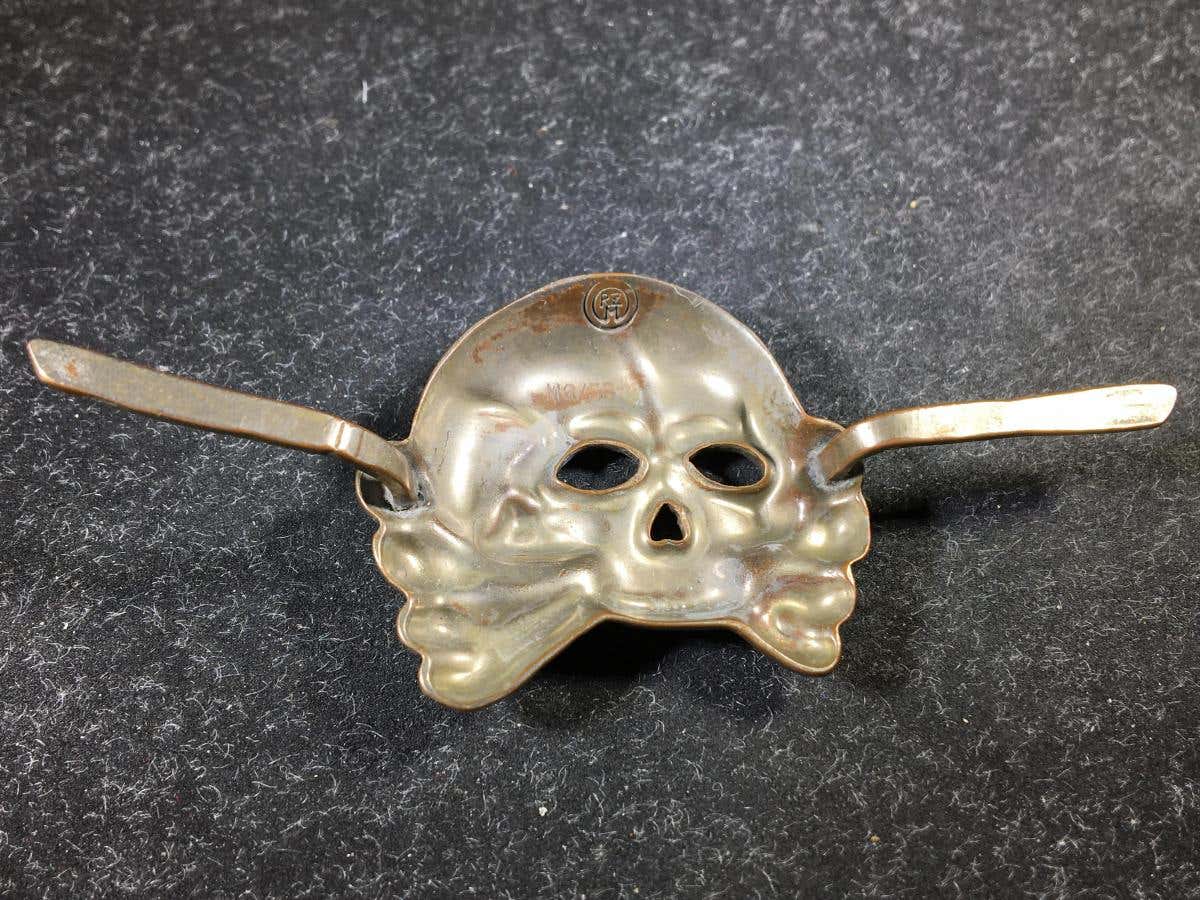
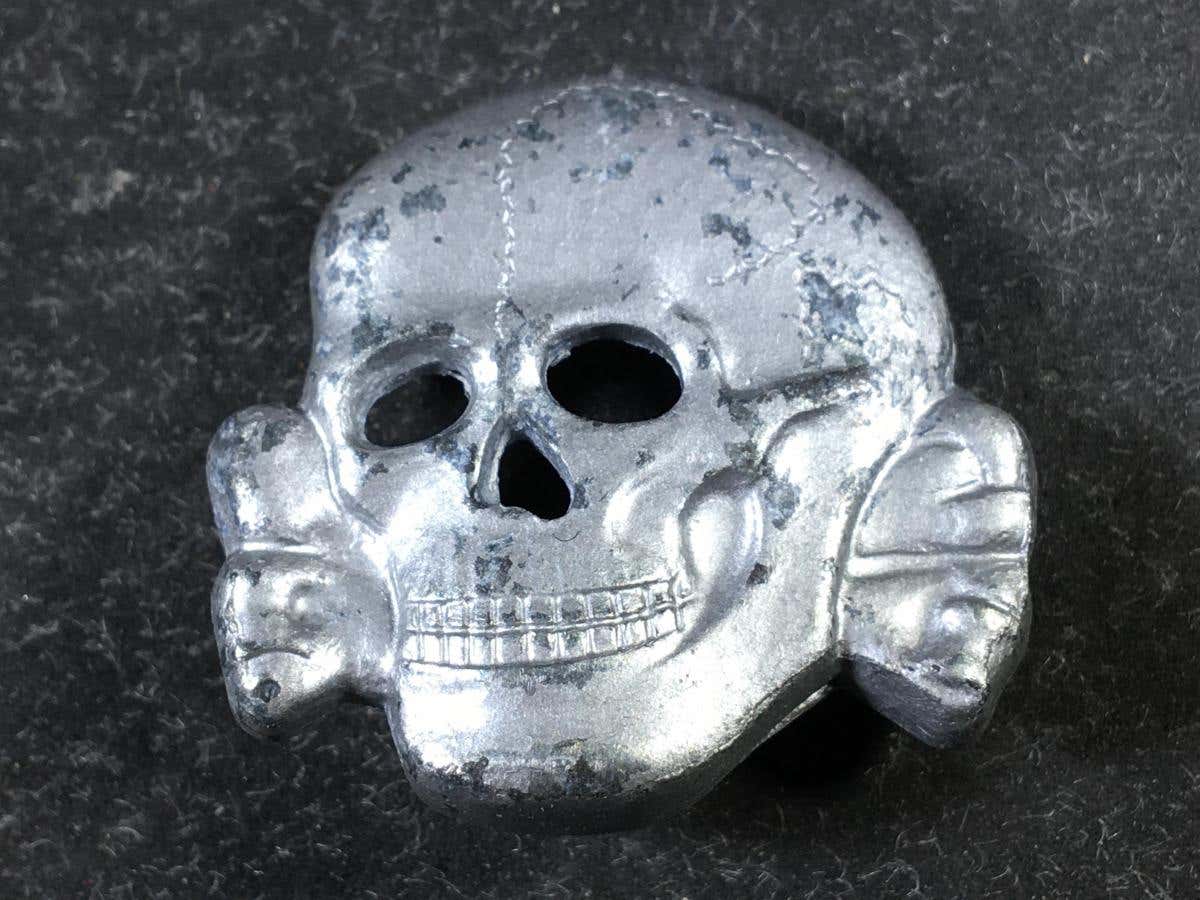

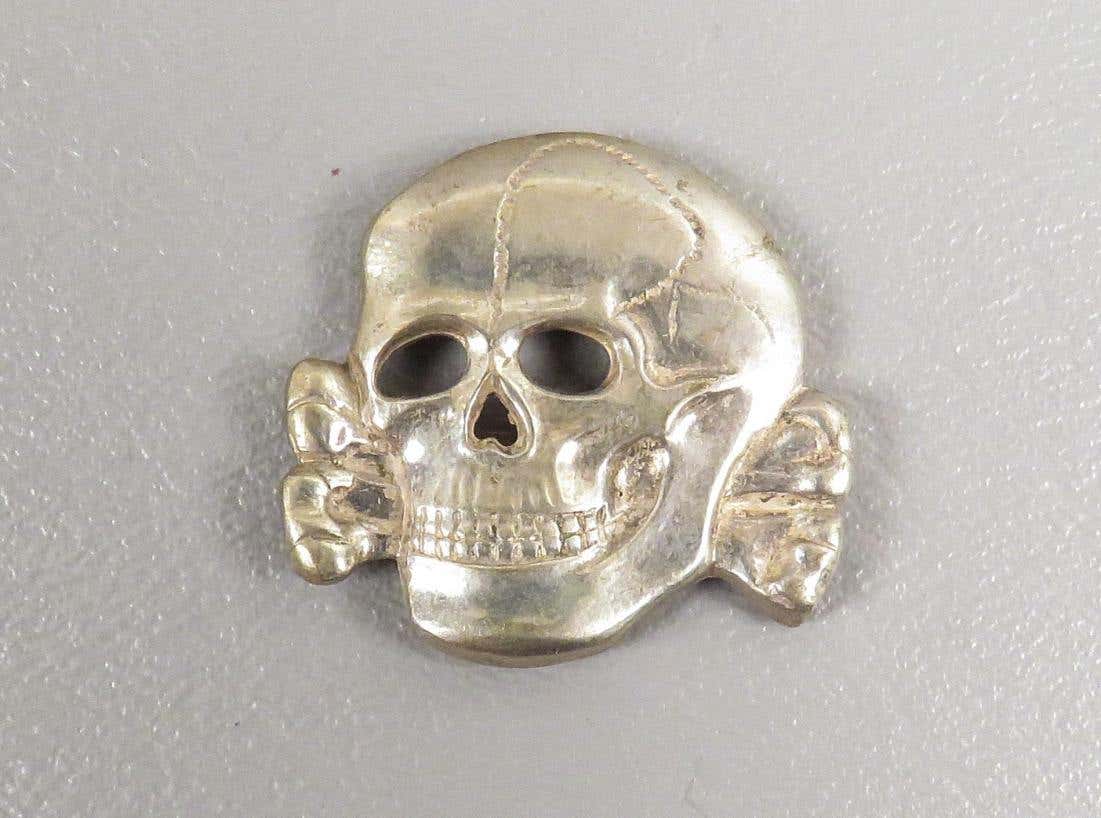

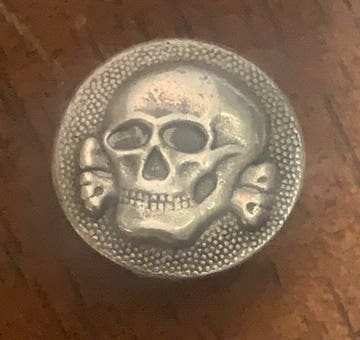
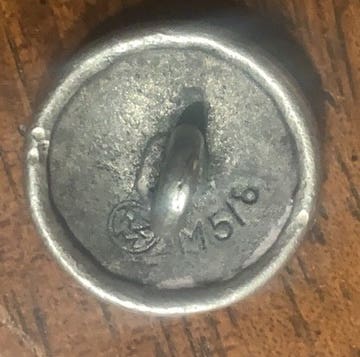
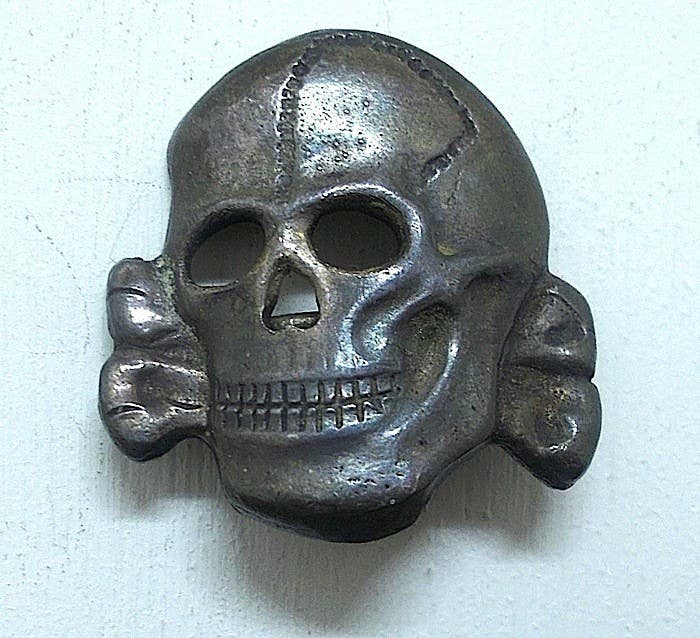
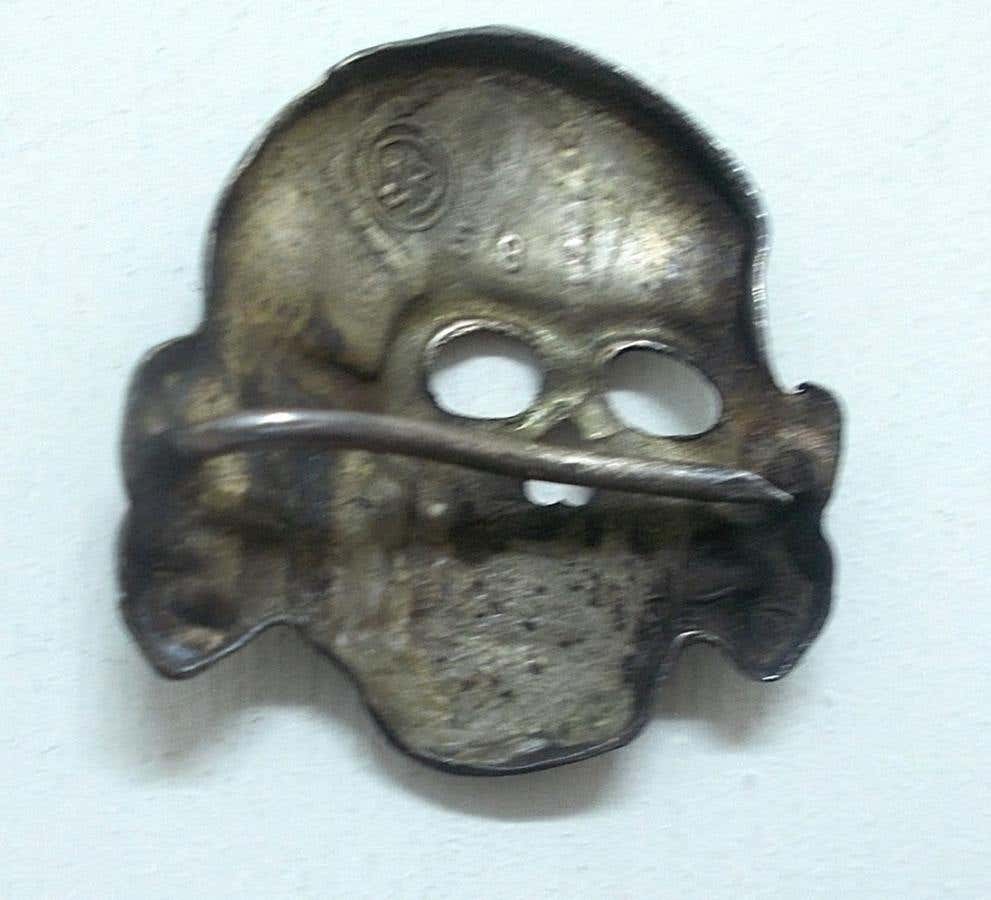
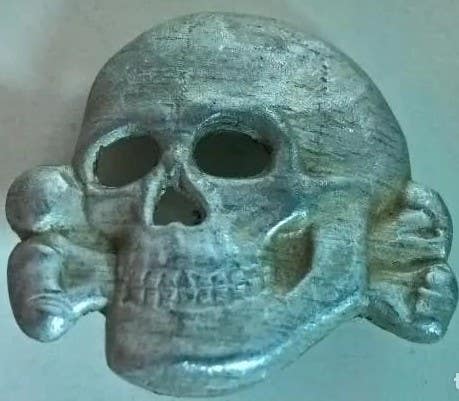
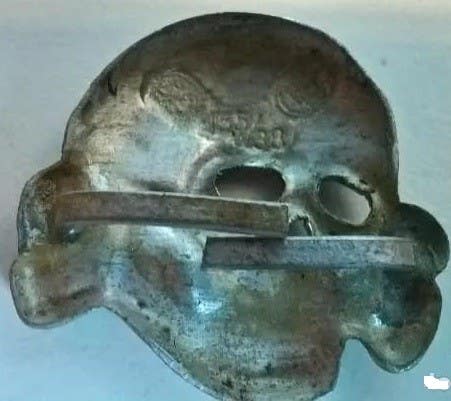
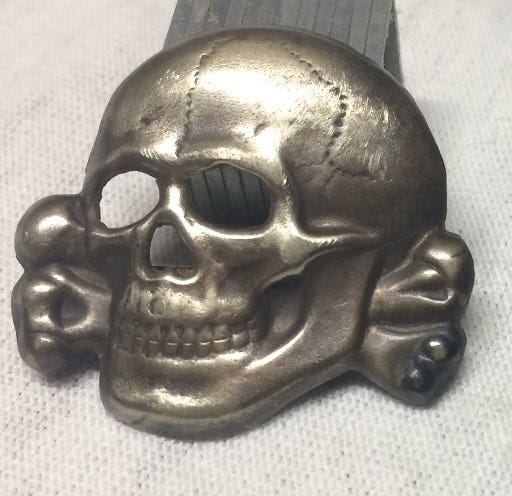
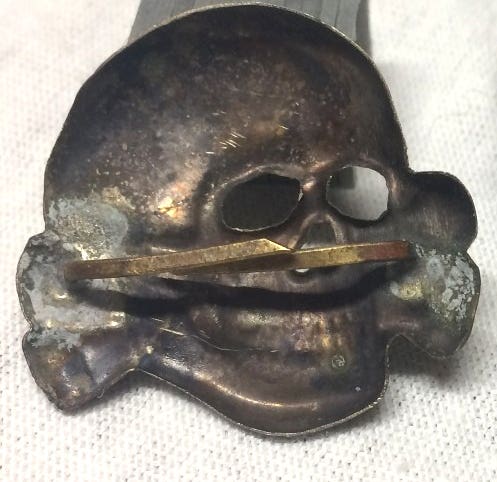
You may also like:
*As an Amazon Associate, Military Trader / Military Vehicles earns from qualifying purchases.
Chris William has been a long-time member of the collecting community, contributor to Military Trader, and author of the book, Third Reich Collectibles: Identification and Price Guide.
"I love to learn new facts about the world wars, and have had the good fortune to know many veterans and collectors over the years."
"Please keep their history alive to pass on to future generations".








